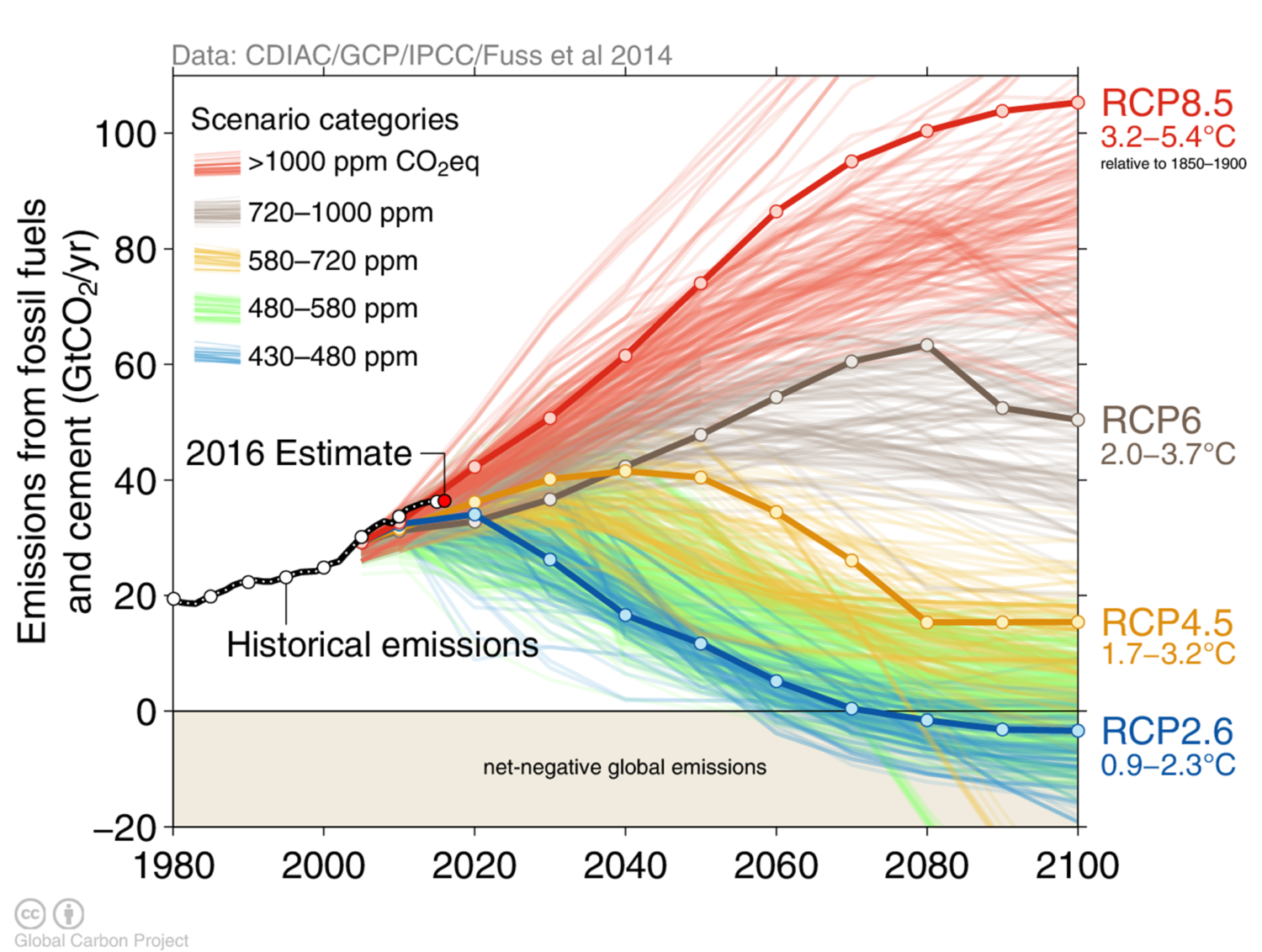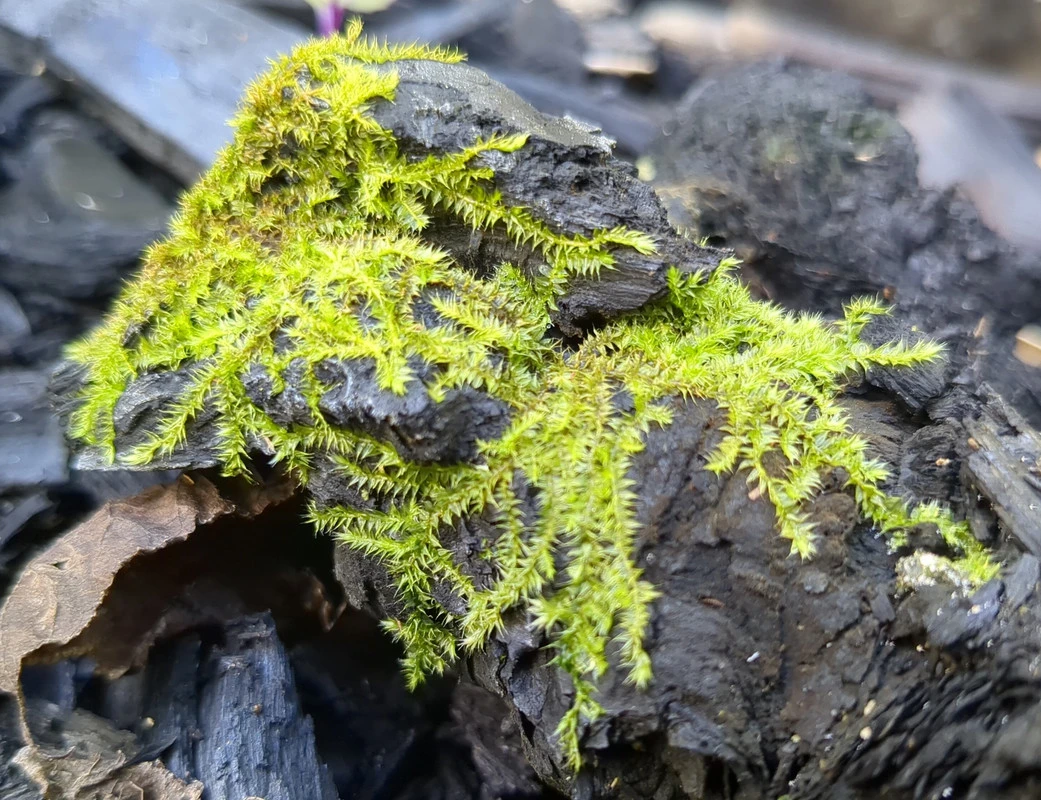Not strictly on topic but it is biochar and there is a plant on it. It’s bamboo biochar as well.
Content!
I love seeing stuff like this. I have a young tree growing out of a literal bucket of gravel. Im leaving it alone. Want to see how well it can do.
I did a series of structural soil trials in 100% gravel for raised beds and large pots. It’s so good if I had to use large pots or beds is the media I would make.
I made a post about it a while back if you are interested. It’s actually relevant to here as it’s a biochar technique.
It does bring up a couple of interesting points about biochar. First, the moss seems healthy. Moss needs two things from substrate; moisture retention and support. There can be some trace mineral extraction but that can come from above, too. Biochar has a lot of capacity to store moisture and nutrients, but at least initially, it is nutrient poor. So nice to see the moss doing fine. Second, biochar processing has to include some means of not just producing it, but also amending soil with it or otherwise putting it out of reach as a fuel (which these pieces have not yet been “finished”). Until it is in soil or some comparable un-burnable resting place, it is just charcoal - still could be tossed on the, um “barbie”? (sorry moss).
I agree with your statements but you have gone too far into the semantics. Never, at any point, when making “charcoal” for the purpose of “biochar”, have I heard anyone call it “charcoal” right up to the point where a biological process is introduced to it. Sure, technically correct but still…
It’s made as biochar for the purpose of being biochar from the minute it comes out of the kiln! I just make a lot of it and some is out in the open longer than others.
I would agree. Biochar and charcoal are fundamentally different, and it’s unfortunate that the two get conflated. Biochar is produced at higher temperatures then charcoal and doesn’t add to atmospheric carbon dioxide levels during production (if produced correctly). On the other hand charcoal is produced at lower temperatures and is not clean to produce so does add to atmospheric carbon dioxide levels.
this seems like a pretty good general overview: https://rosysoil.com/blogs/news/biochar-vs-charcoal
I think you are right that the making of biochar vs charcoal is all about the maker’s intent. But I would not rest easy until I know the biochar is committed to the destination for which I intended it. I lived in the Dominican Republis for a while, and it would have been a very bad idea to leave chunks of biochar lying on the ground! They would have been quickly “found” by the local poor Haitian farm workers and put to their traditional use - cooking.
I am doing some experiments right now with making and eventually growing with biochar. The US Forest service says biochar can be added to woodland soil at a rate of about 270 tonnes per hectare - any idea how that works out, or what mix rate range might be good for adding biochar to garden soil. My plan is to try a range of ratios and characterize my soil by sand:silt:clay proportion - I guess clayey soils might benefit from a higher proportion of biochar.
From memory, sand prefers it more.
I cheated and used an AI for the answer. A scholarly search will find you some studies:
Sandy soil tends to benefit more from biochar application compared to clay soil. Biochar is a form of ground charcoal that is added to soil to improve its properties. Here are some key findings from the search results:
- Biochar increases water-holding capacity in sandy soil[1].
- Sandy soils respond more positively to biochar than clayey soils[5].
- Biochar improves the physical properties of sandy soil[3].
- Biochar application increases soil moisture retention in well-drained sandy soils[2].
- Biochar can improve root growth and increase water retention in sandy subsoil[1].
It is important to note that while biochar can enhance the water-holding capacity of sandy soil, its effects may vary depending on factors such as the type of biochar used and the amount applied. Additionally, biochar can also improve the physical quality and hydrological properties of sandy soil[3][4].
In summary, sandy soil generally benefits from biochar application as it helps improve water retention and overall soil quality.
Citations: [1] https://www.mdpi.com/2073-4441/13/4/407 [2] https://extension.tennessee.edu/publications/Documents/SP823.pdf [3] https://www.sciencedirect.com/science/article/abs/pii/S0016706116302762 [4] https://www.sciencedirect.com/science/article/abs/pii/S0341816222002673 [5] https://acsess.onlinelibrary.wiley.com/doi/pdfdirect/10.2136/sssaj2017.01.0017 [6] https://www.sciencedaily.com/releases/2014/09/140924160534.htm





